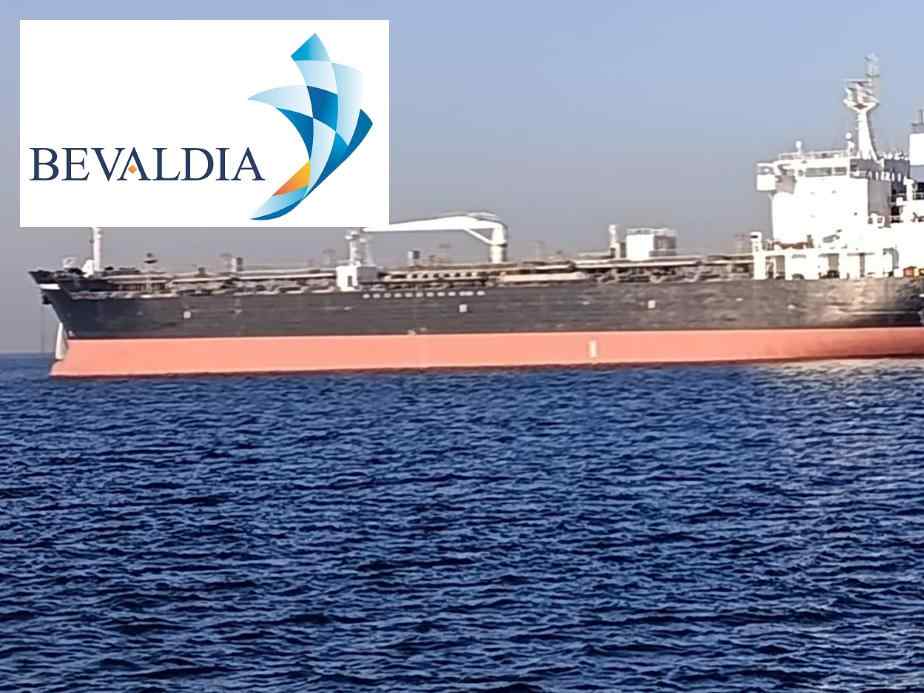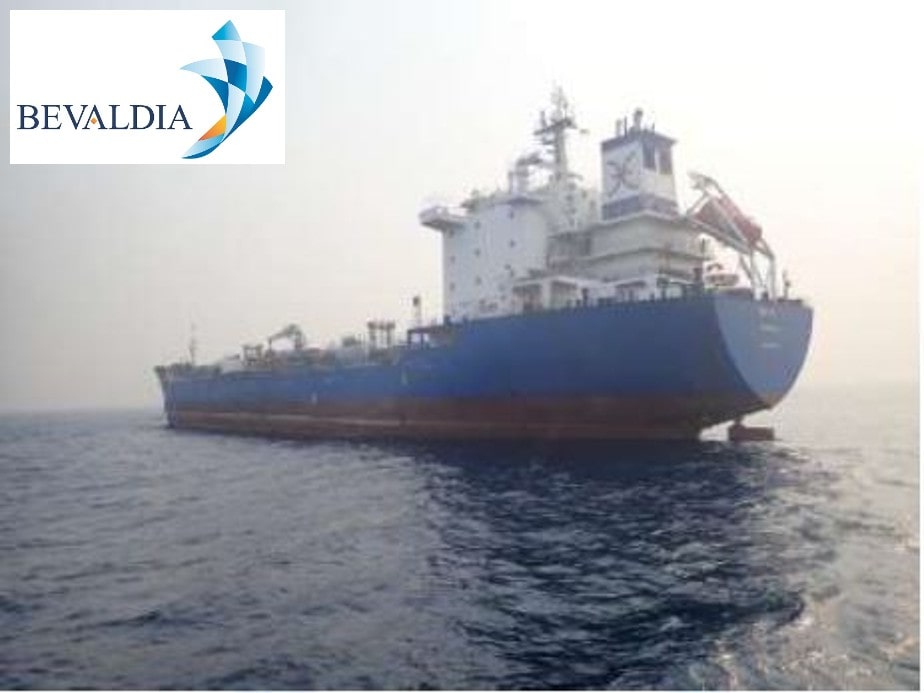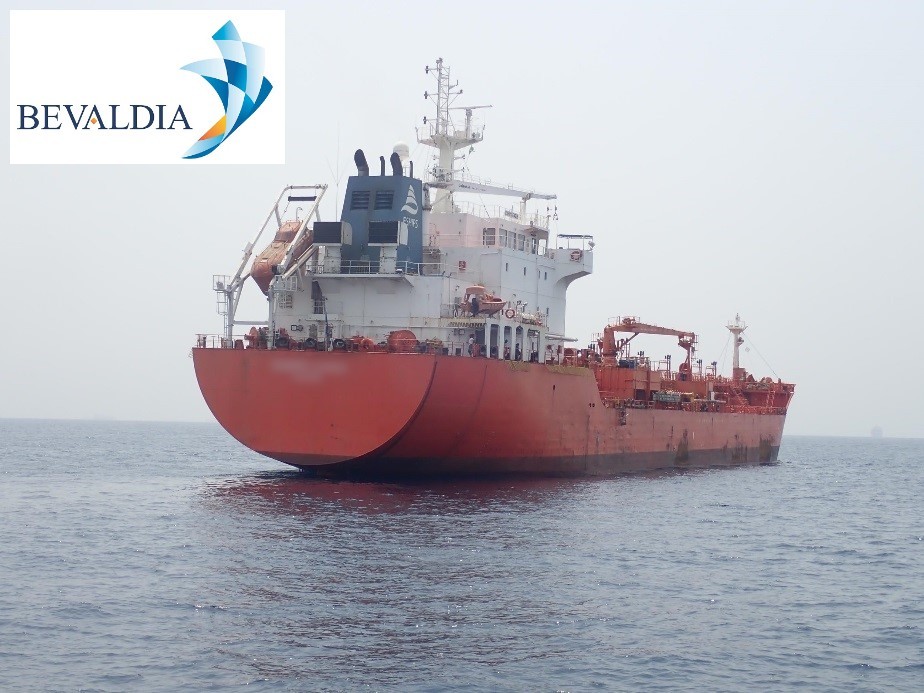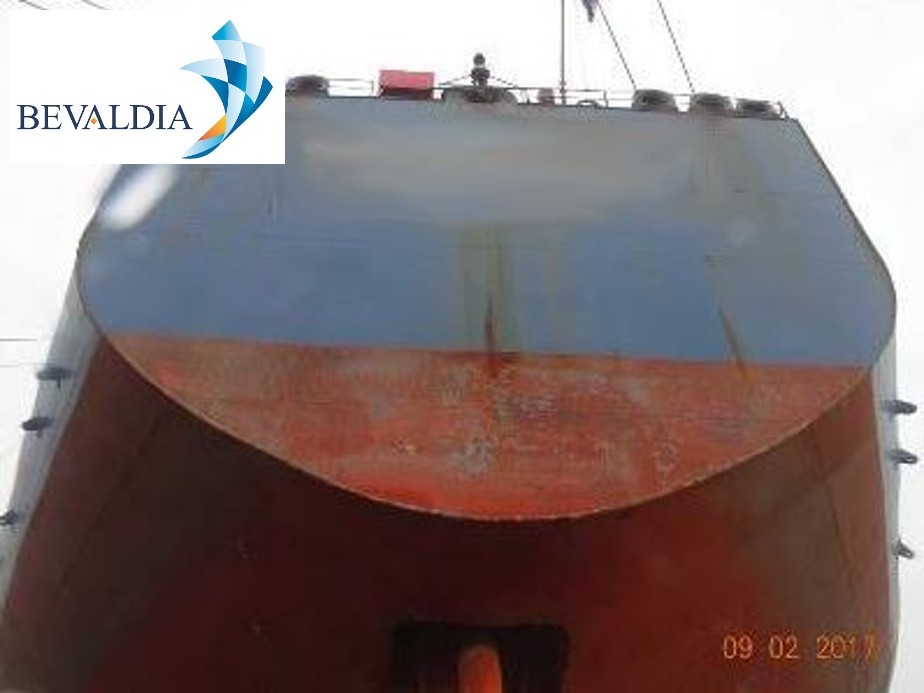DEFINITION OF WELDING
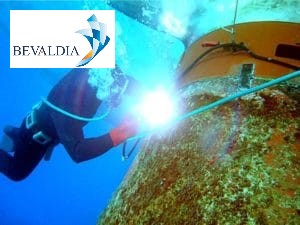
UNDERWATER WELDING

CAUSES OF SHIP DAMAGE
Weld defects such as hydrogen cracking is primarily dependent on the type of consumables used. There are two ideal wet-stick welding electrodes one is the nickel based with rutile or acid oxidizing coatings and the other is ferritic with the same flux coating.
BASIC WELDING TECHNIQUES
- Drag
With the drag technique, the electrode is dragged across the work and the diver applies a slight downward pressure, whilst the electrode is being consumed. The diver maintains the appropriate lead and slope angle, together with a suitable travel speed; the electrode will produce a regular bead of suitable profile. Drag technique: the diver applies downward pressure the electrode is dragged across the work.
- Oscillation (Weave)
With the oscillation technique the electrode is oscillated so that the point closest to the holder, and not the end closest to the work, is raised and lowered in a vertical direction, i.e. the slope angle is constantly changed whilst welding. This aids metal deposition and prevents non-concentric burning of the electrode, especially when welding in the root of a joint. Weave technique: the diver uses little or no pressure best used for the root run in fillet welded joints
- Back step
This technique involves a continual stalling of the forward travel motion by traveling backwards slightly, into the previous deposited weld. This technique has two particular functions; it helps improve the final microstructure, by reducing the solidification rate of the weld puddle and increases throat thickness. Mostly used is the drag technique because in practice this technique is in constant contact between the electrode and the work.
ADVANTAGES OF WET WELDING
- The low cost
- The flexibility of the diver, who can reach inaccessible parts of the ship, with which other methods is impossible.
- Faster execution of work.
- Time saving, since the equipment required is minimized and does not require a chamber to be structured.
- The possibility for non-destructive testing (NDT) * of welding and the ability to monitor the entire process from cameras placed underwater (NDT inspections).
STEPS TAKEN
- Inspection of damage to determine whether the welding can be performed safely and effectively
- Cleaning of marine growth and coating or other foreign matter on damaged area and proximity where the welds will be placed
- Cropping and smoothing out of damaged sections
- Welding of double plate with specially treated waterproof electrodes and fully insulated waterproofed electrode holder
- Welding of flat bars
- Application of underwater epoxy resin on all the welds for protection in order to reduce metal wastage
DRY WELDING

CRACKS

VERTICAL WELDING
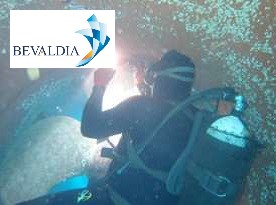
VERTICAL DOWN WELDING
Vertical–down welding is likely better that the vertical-up welding since the pressure of the arc gives vertical support to the liquid metal and fills the cavity made by the arc to form acceptable weld beads.
TECHNIQUES
The technique of the vertical underwater welding contains 2 separate methods of welding, “vertical-up” (vertical underwater welding directed upwards) and “vertical-down” (vertical underwater welding directed downwards).
VERTICAL UP WELDING
The vertical-up welding the liquid puddle does not have adequate support to form the weld bead since the liquid metal runs down due to gravity. In both cases experienced and well trained diver-welders are required for both methods.
CERTIFIED WELDING SERVICES

OVERHEAD WELDING

GUARANTEED RESULTS
Mr. Peroukidis George (Mechanical Engineering – Educator) is his notes states that: “The current volume must be as low as possible. To achieve a great penetration until it reaches the root of the rupture, there must be a preparation for the peak; even to the smallest and thickest metal (higher than 3mm).” “The movement of the diver – welder must be circular. The electrode must form an angle 80° degree, almost vertical, compelling the electro welder to be carefully protected. A drop of molten metal reaches the temperatures of 2000 °C”
OUR ADVANTAGE
For best results for underwater overhead welding, it is required to keep an upward direction of the electrode and a short arc seam, in combination with low work rate, as to achieve:
- Motion control, against gravity
- A better possible penetration to the cracks (rupture)
- Avoidance of porous seam welding
Overhead Welding Underwater Services
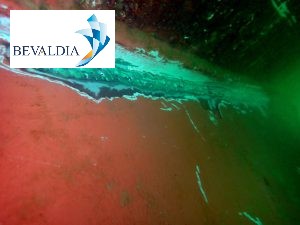
CASE STUDIES
Looking for a reliable partner for Underwater Welding Services?
Looking for a reliable partner for Underwater Welding Services?

